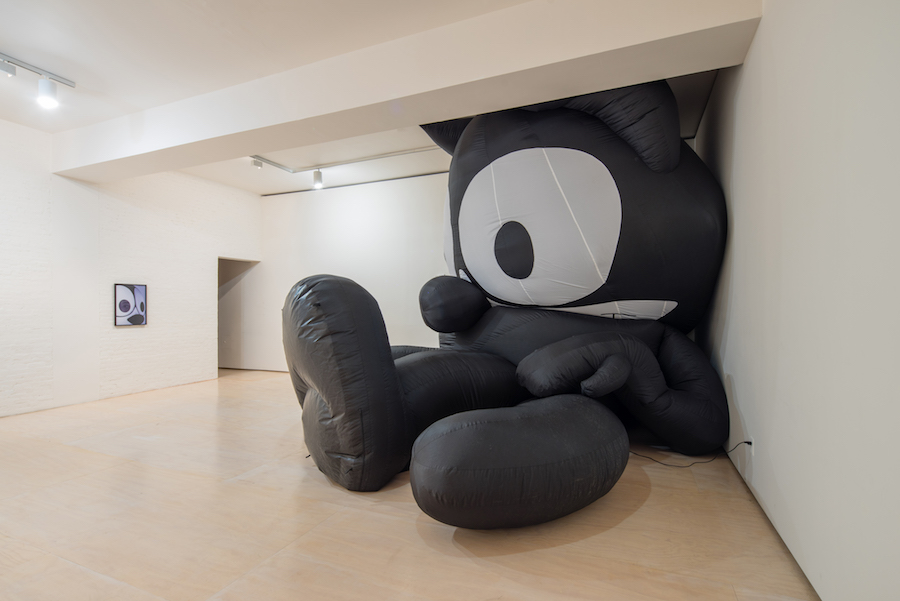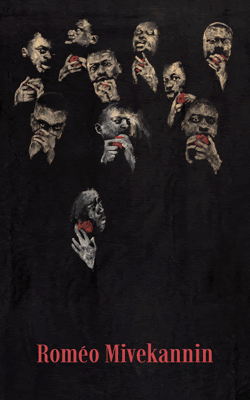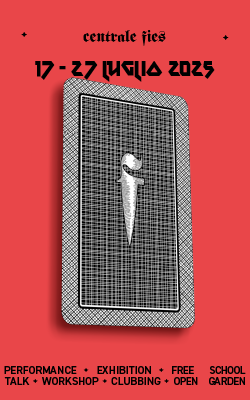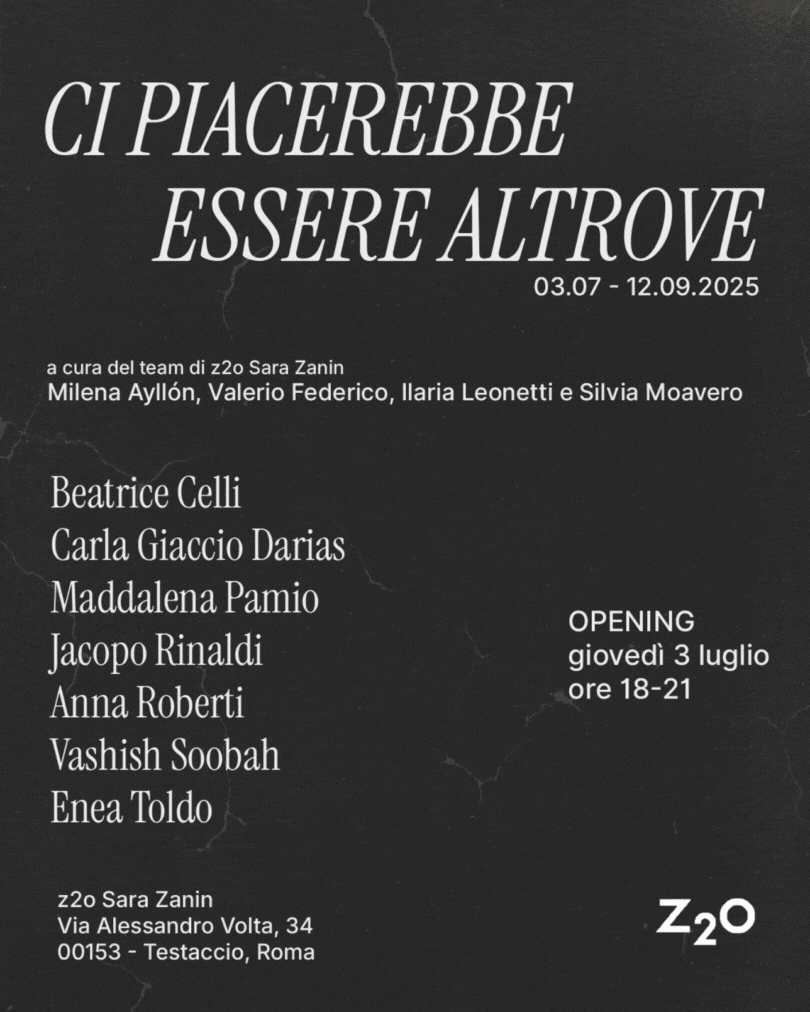Marc Camille Chaimowicz. Maybe Metafisica
Per la sua prima personale in un’istituzione pubblica italiana, Marc Camille Chaimowicz ha concepito un progetto espositivo legato alla storia e all’architettura del Palazzo dell’Arte – sede della Triennale di Milano – attraverso opere che rivelano affinità formali ed emotive con la più onirica tra le avanguardie storiche – la Metafisica – e con le esperienze artistiche che ne hanno raccolto l’eredità.
Chaimowicz è un precursore dell’approccio multidisciplinare; a partire dagli anni Settanta, la sua pratica installativa e performativa ha anticipato l’attitudine, oggi molto diffusa, di coniugare arti visive con coreografia, regia e curatela. Aperto a commistioni con design, letteratura e teatro, l’artista ha dedicato interi corpus di opere a personaggi fondamentali per la sua formazione come, tra gli altri, Jean Cocteau, Jean Genet e Gustave Flaubert, figure della malinconia e della ribellione.
La Triennale di Milano, fino all’8 gennaio 2017

PS1, New York
PS1 presents the first comprehensive U.S. survey of the pioneering British artist Mark Leckey. The largest exhibition of his work to date, Mark Leckey: Containers and Their Drivers will be on view through March 5, 2017. Since coming to prominence in the late 1990s, Mark Leckey’s dynamic and varied practice has combined formal experimentation with pointed explorations of class and history. His art has addressed the radical effect of technology on popular culture and art, and given form to the transition from analog to digital culture, powerfully influencing younger generations of artists. Occupying two floors of MoMA PS1, the exhibition brings together major bodies of Leckey’s work in newly expanded iterations, featuring a broad array of filmic works and sculptural installations alongside pieces made specifically for the presentation. In a romantic search for authentic experience, Leckey synthesizes recent and historical pop culture, histories of art, primeval myth, and his own biography, returning to certain themes and sources. In these repetitions and iterations, he often cycles through various inauthentic forms by printing effigies; sampling, looping, and distorting; digitally animating; and reconstructing them at varying scales.
Among the highlights of Containers and Their Drivers are Leckey’s breakthrough film Fiorucci Made Me Hardcore (1999), which uses sampled VHS footage to trace dance subcultures in British nightclubs from the 1970s to 1990s; a selection of the artist’s Sound System sculptures (2001–2012), functioning stacks of audio speakers that recall those used in street parties in London; his pedagogical lecture performances; GreenScreenRefrigerator (2010-16), an installation that considers “smart” objects and our increasingly technological environment; and the fullest iteration to date of the installation UniAddDumThs (2014), which Leckey created as a “copy” of a touring exhibition, The Universal Addressability of Dumb Things, that he had curated the year before.
An expansive presentation spanning the third floor galleries centers around Leckey’s personal history, including a full-scale reproduction of a highway overpass that the artist frequented in his youth. Numerous works reference the London apartment where he lived and worked, and as well advertising and infrastructure common to the urban English landscape. Dream English Kid 1964– 1999 AD (2015), a filmic autobiography told through what the artist calls “found memories, ” has been compiled from sources like archival television clips, YouTube videos, and eBay ephemera, as well as meticulous reconstructions of specific memories using props and models. At scales both monumental and miniature, with forms both concrete and spectral, this site-specific installation reanimates moments and sensations from the artist’s past.













